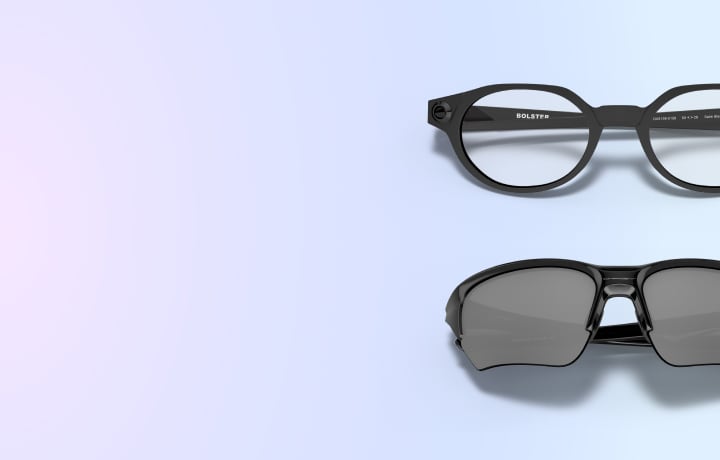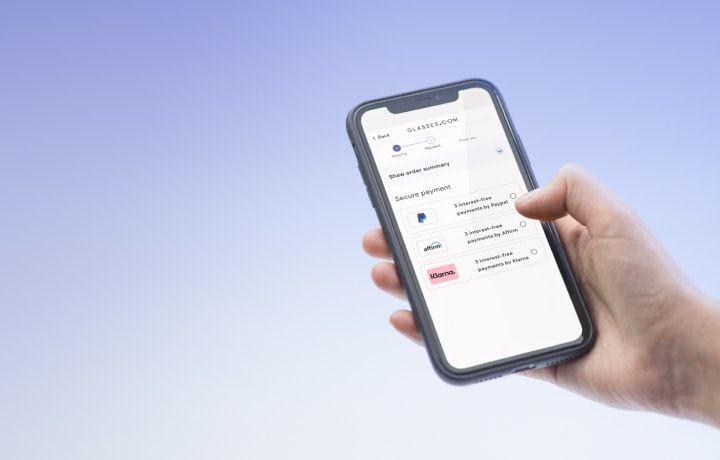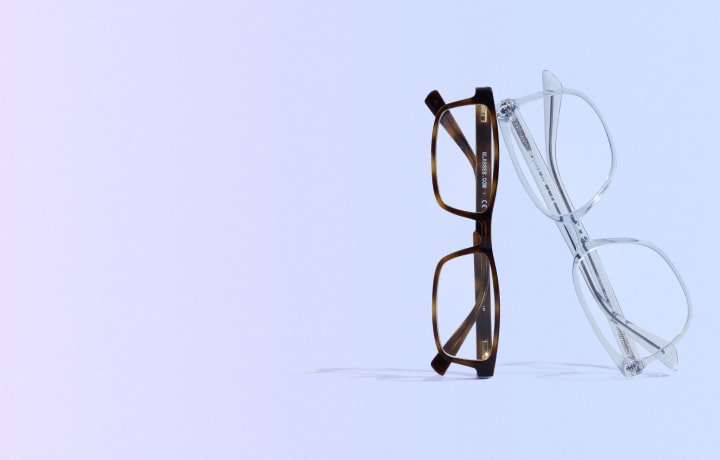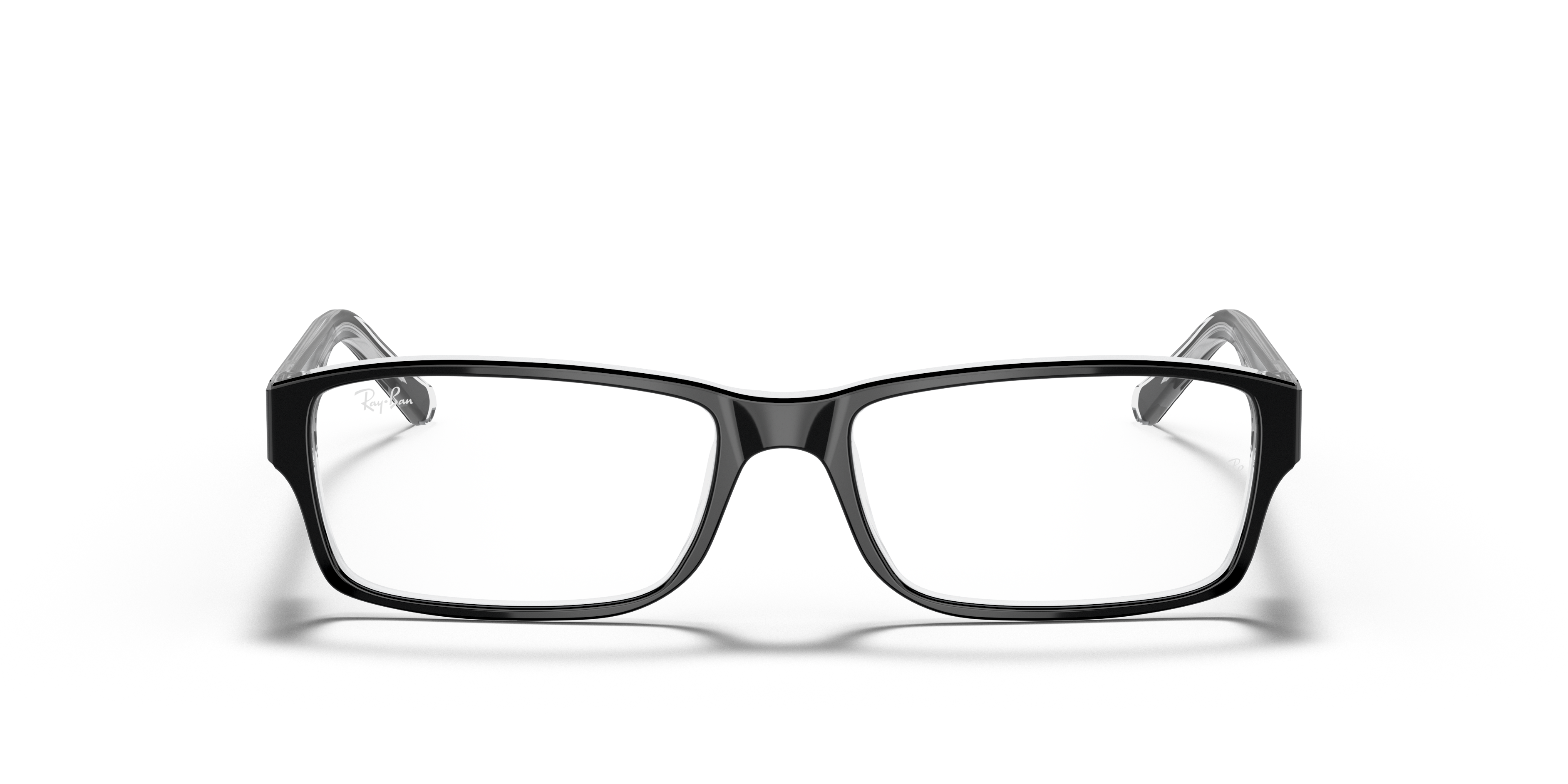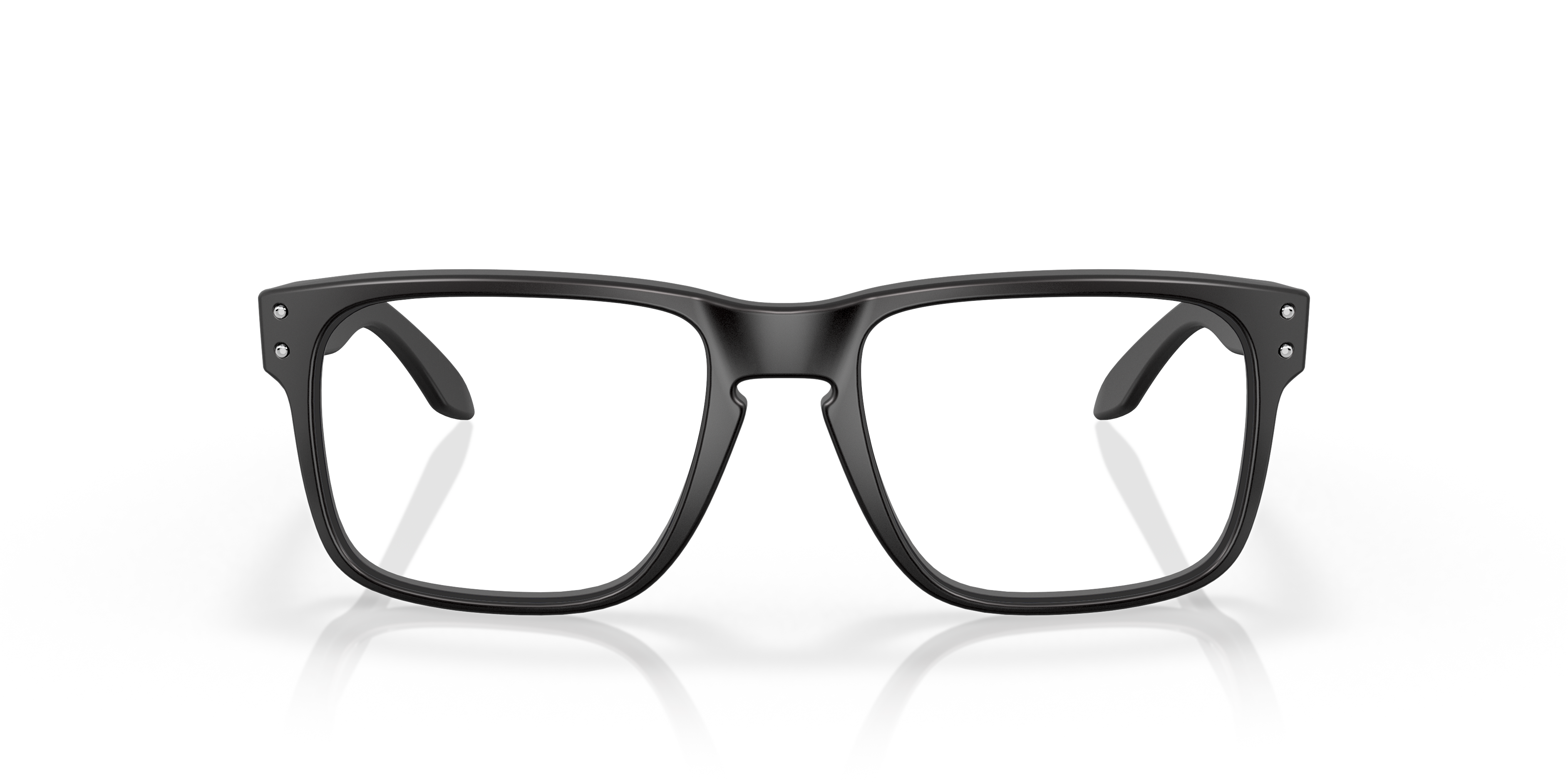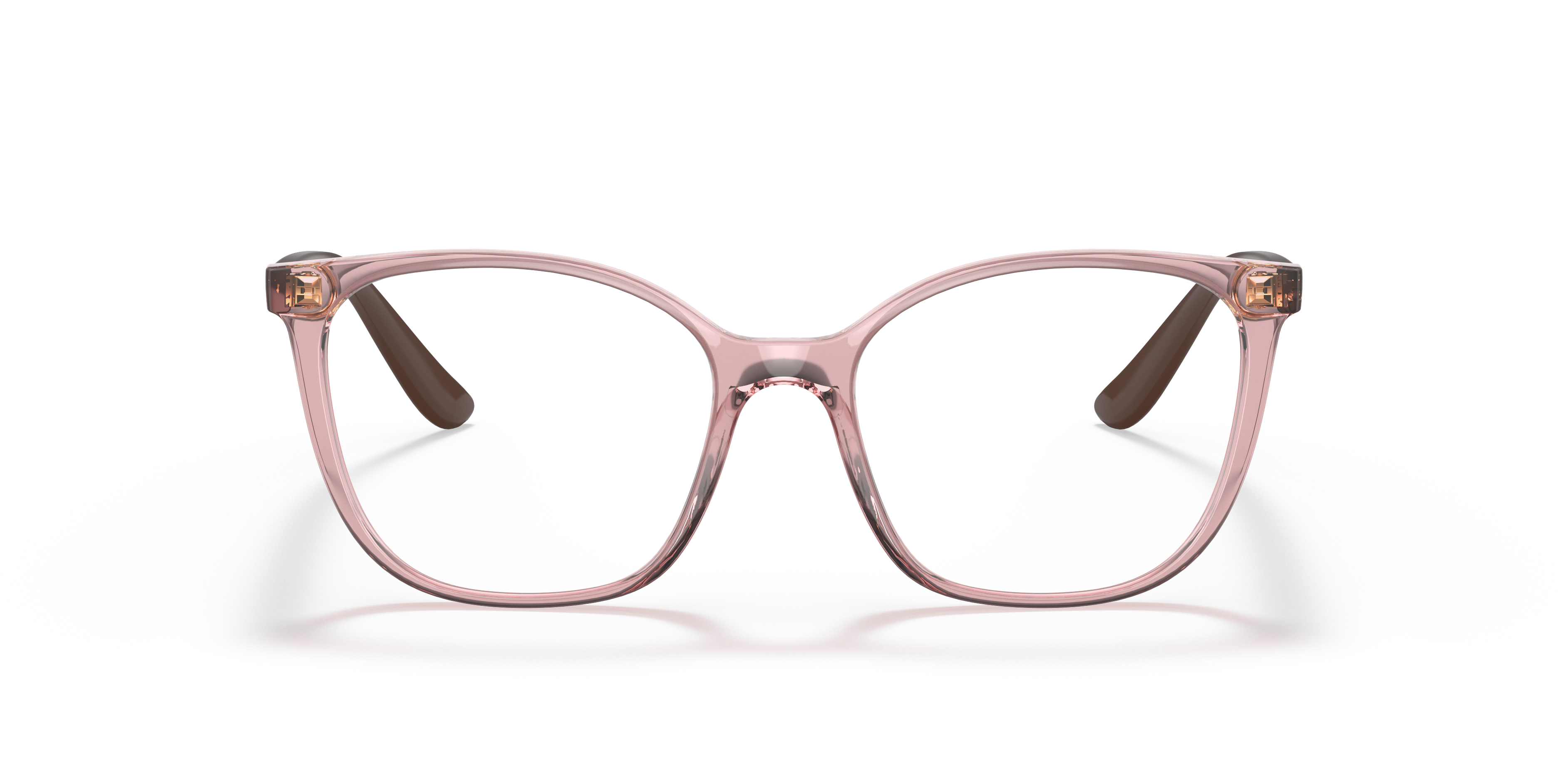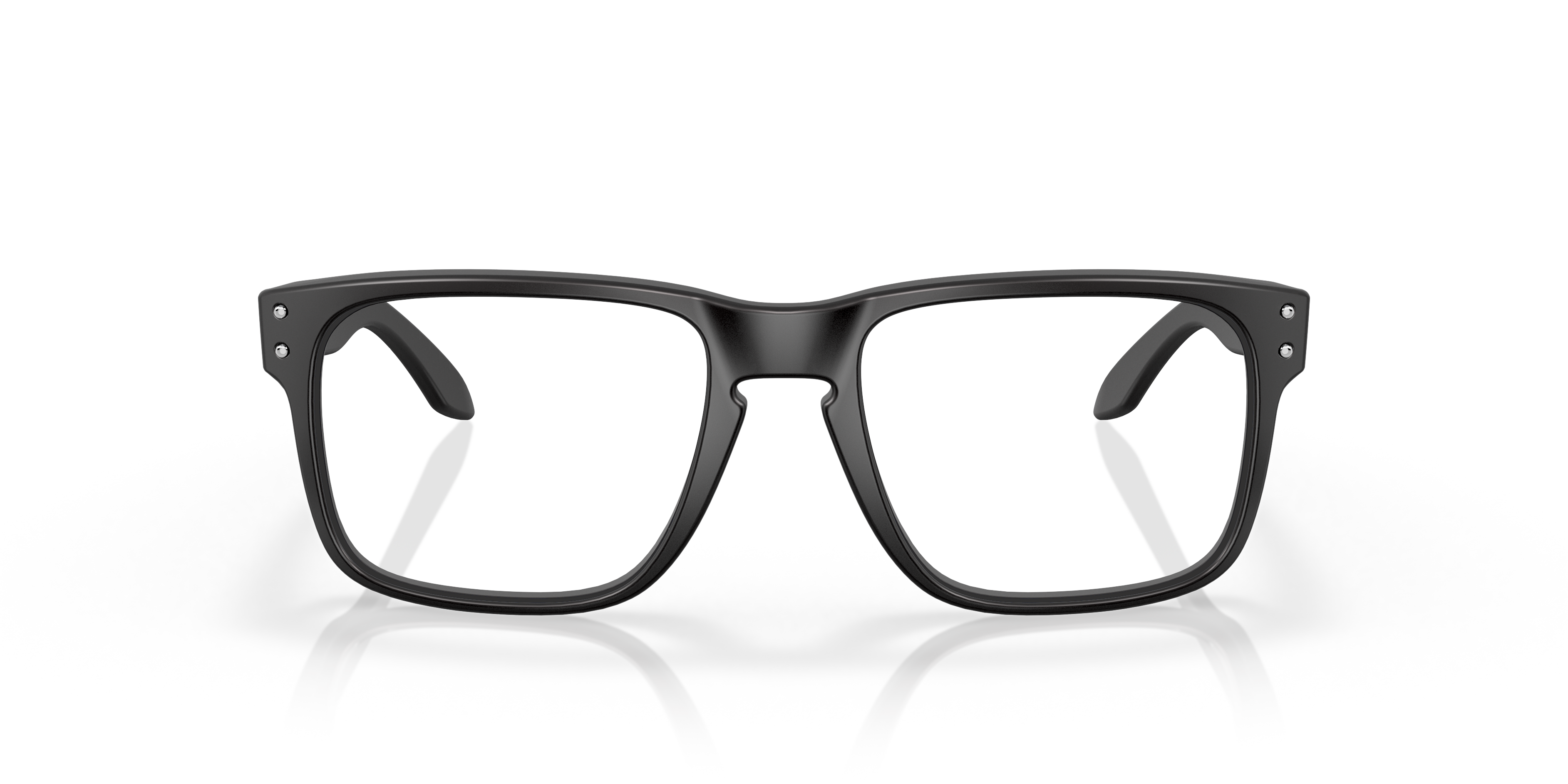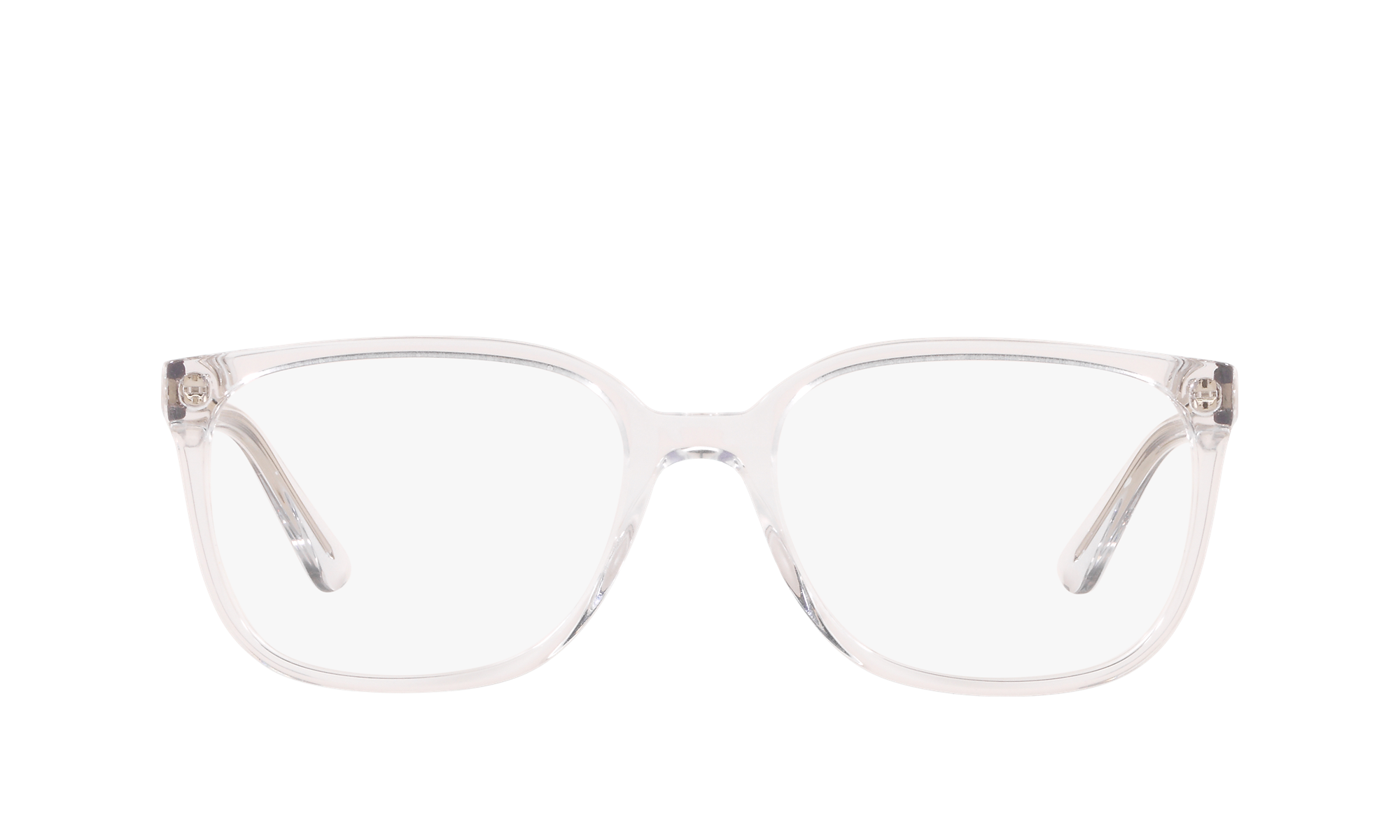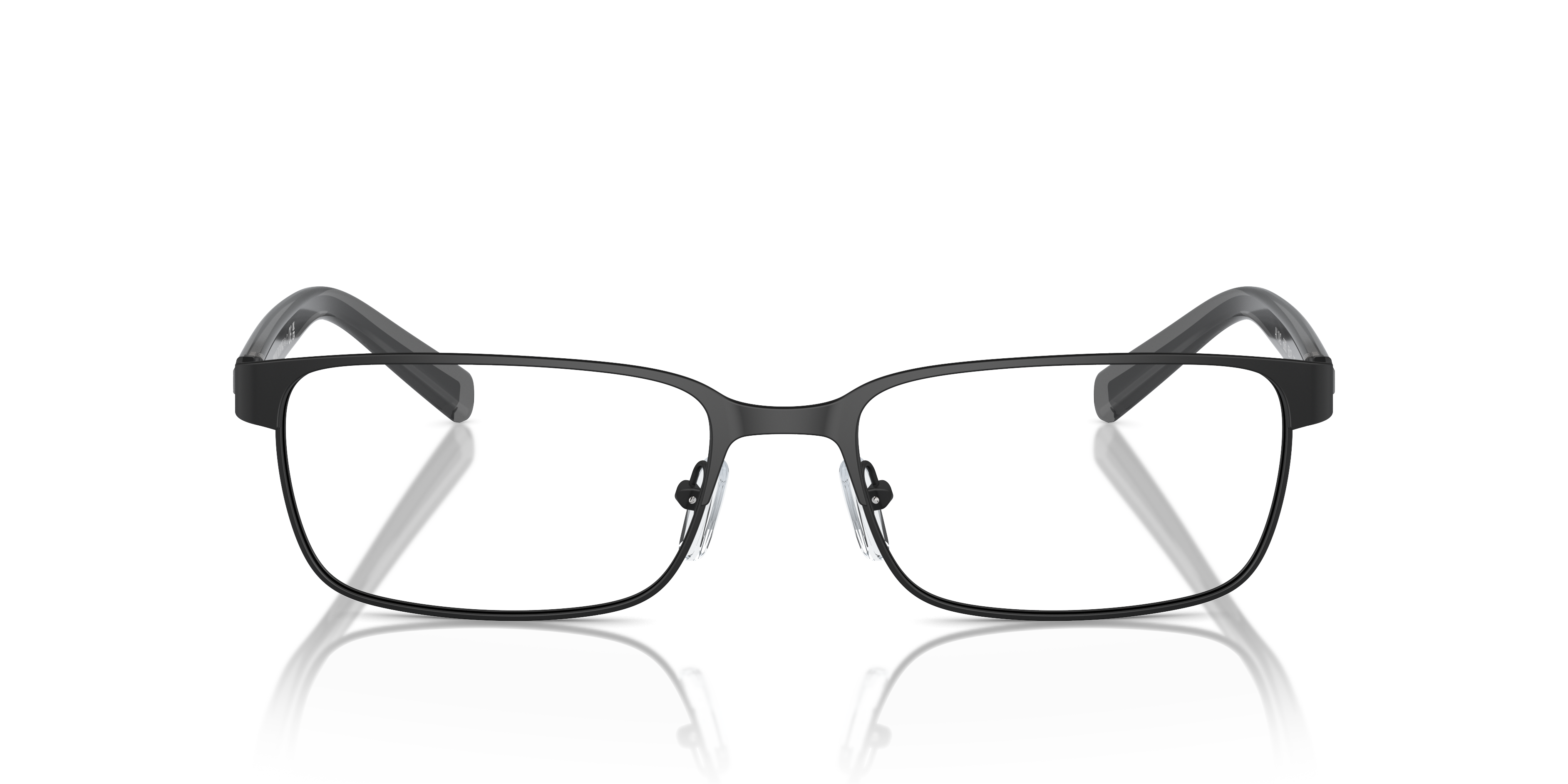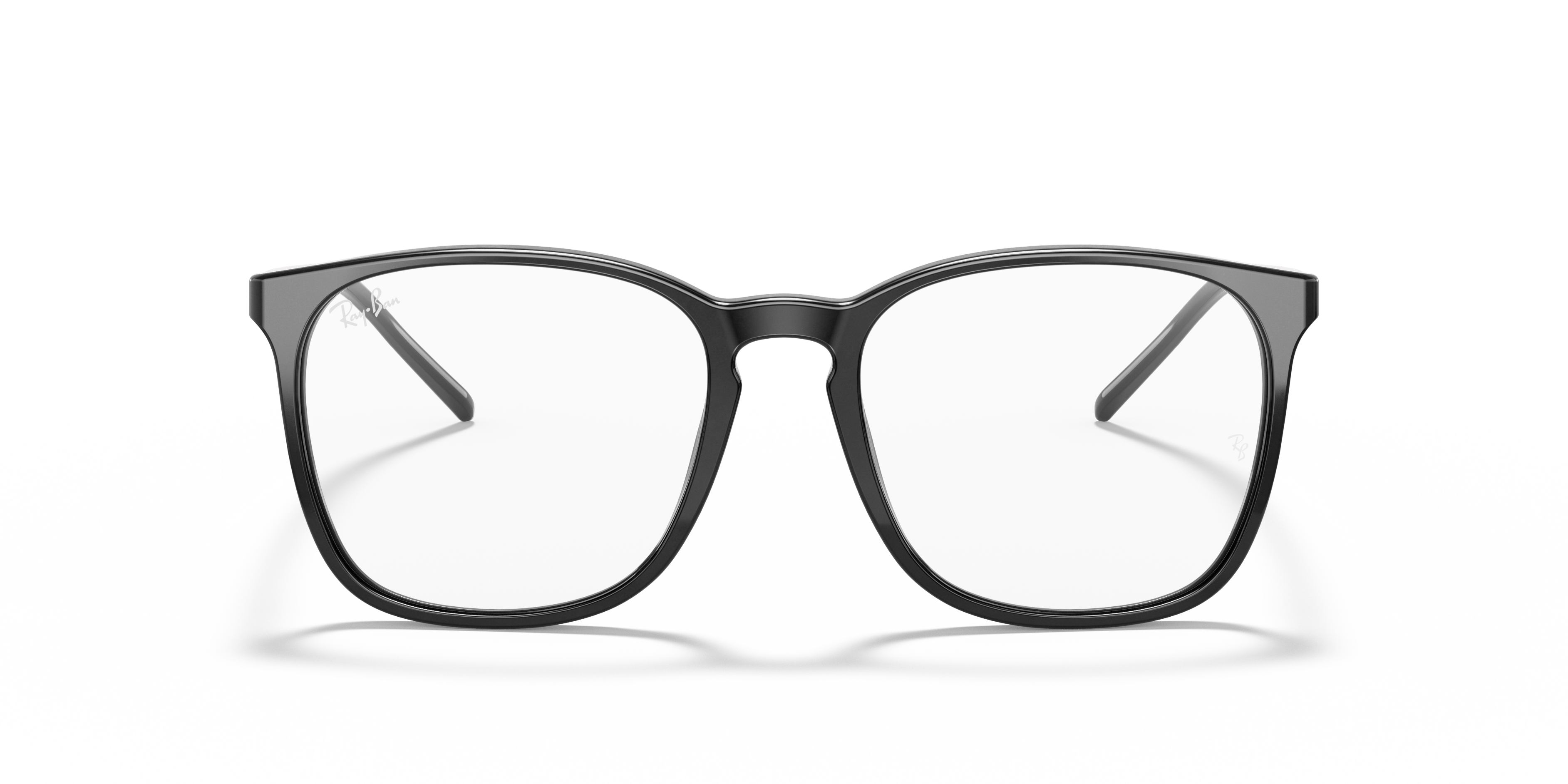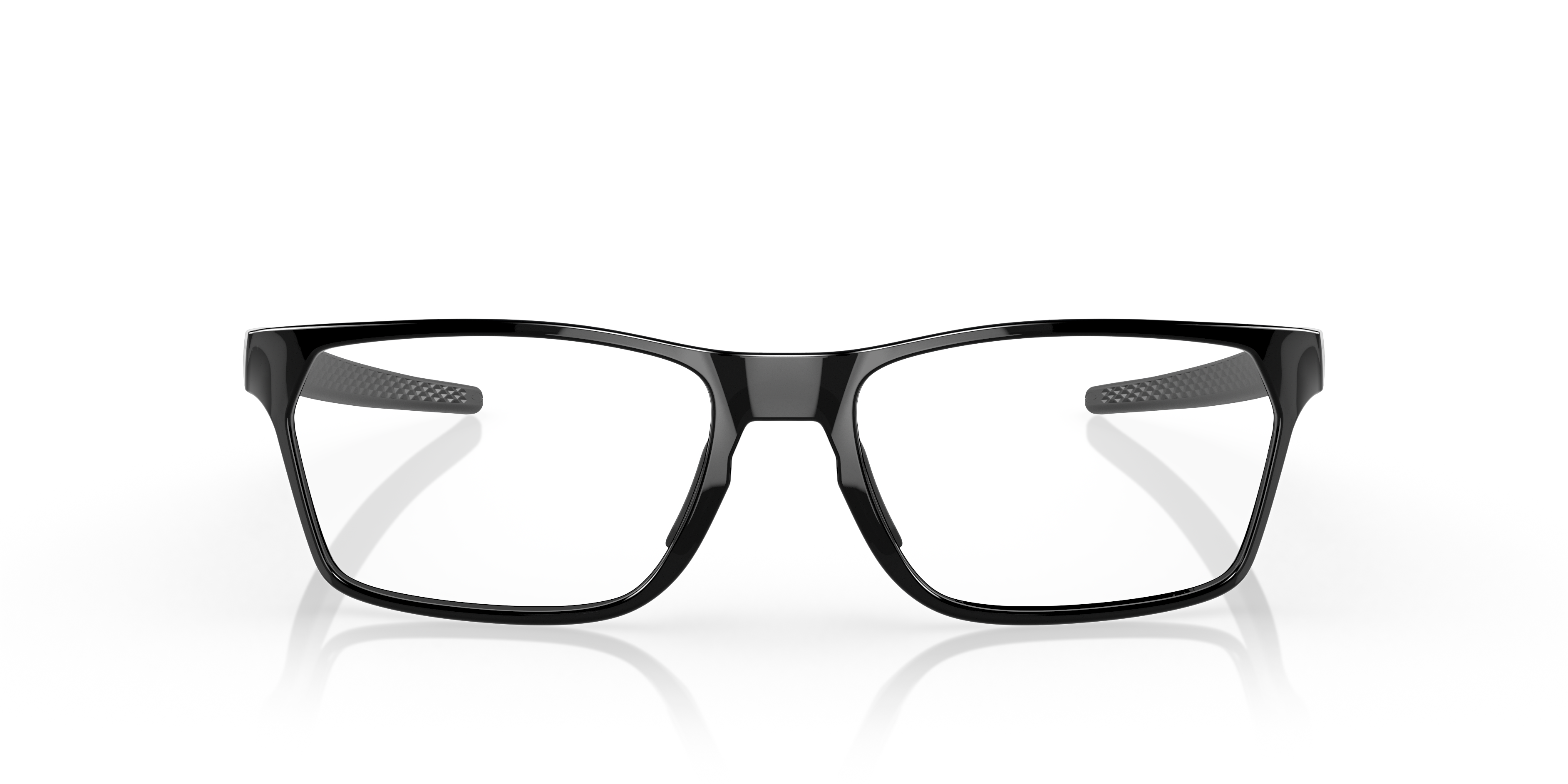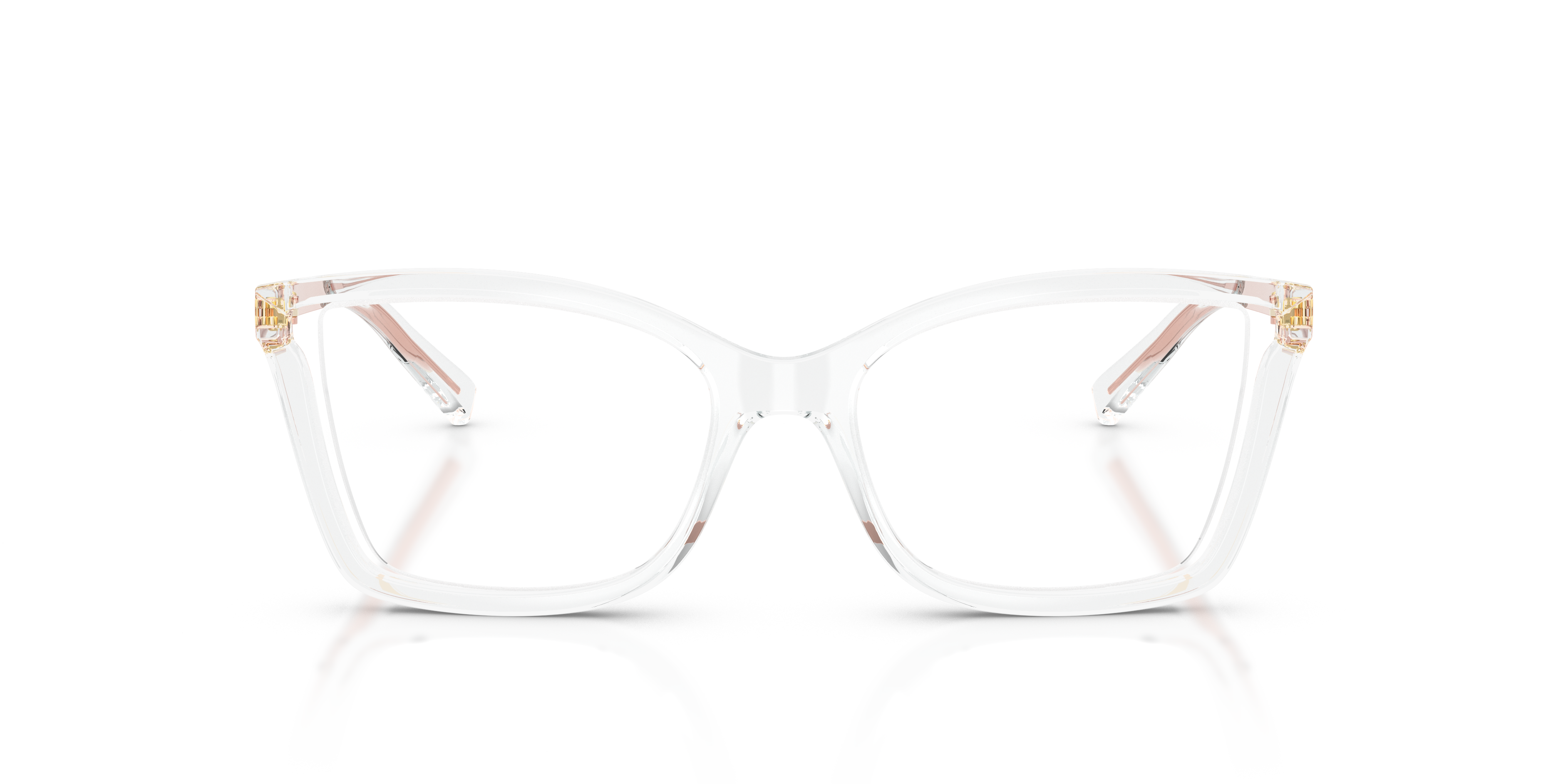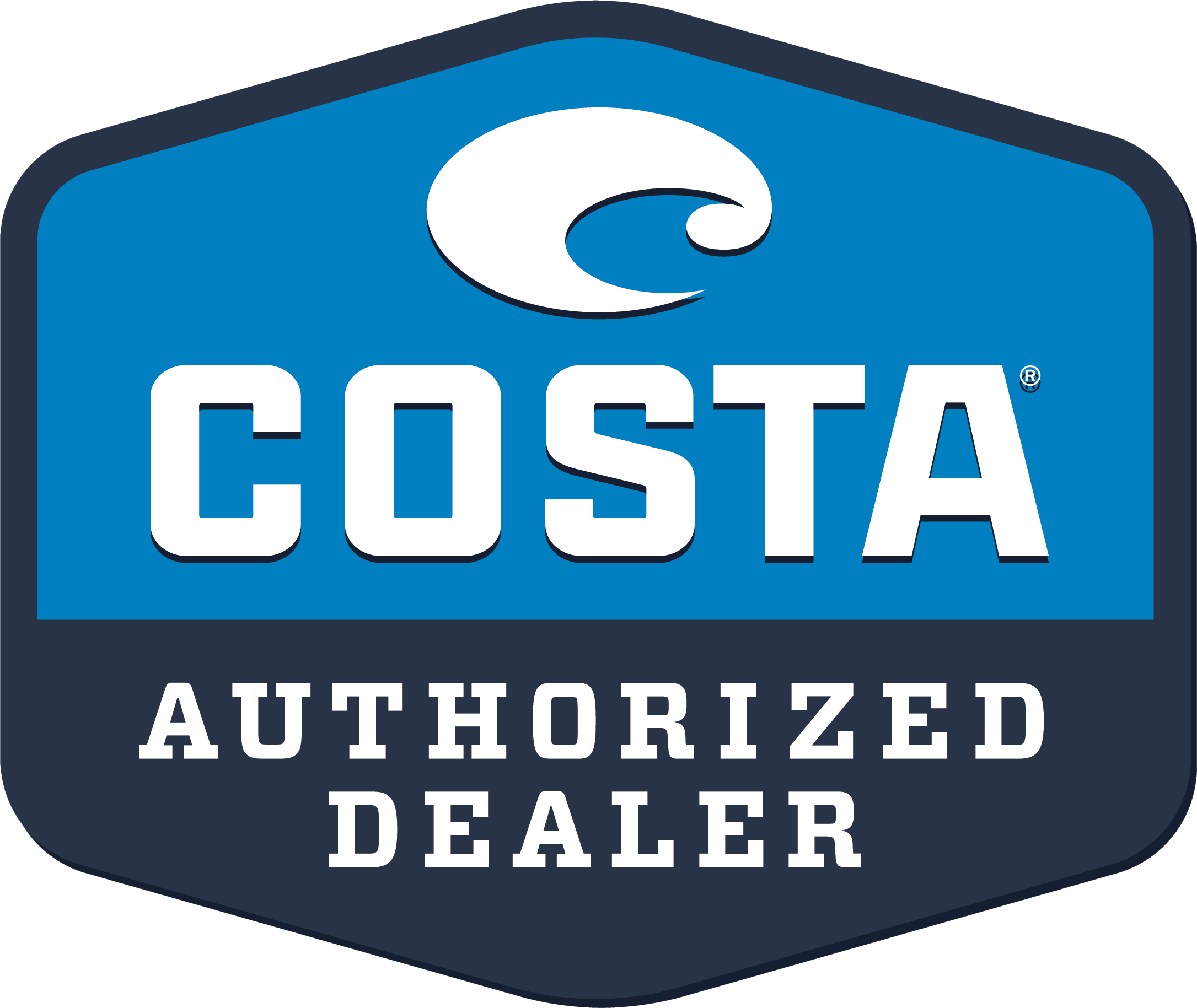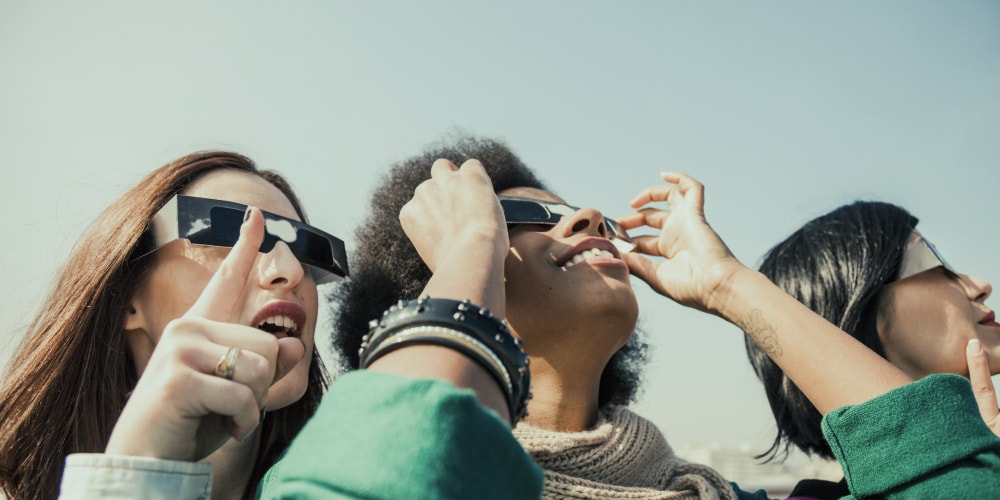
Solar eclipses are a fascinating part of nature, but they can be harmful to your eyes without the proper protection. Here’s how to prepare for the next solar eclipse and why taking precautions is so important for your vision and eye health.
What Is a Solar Eclipse?
A solar eclipse takes place when the moon passes between the sun and the earth. During this occurrence, the moon blocks the sun either partially (called a partial eclipse) or completely (total eclipse).
Do Sunglasses Protect Your Eyes During a Solar Eclipse?
No. If you plan to look at a solar eclipse — partial or total — you need special protection for your eyes. Sunglasses, regardless of how dark they are or how much UV protectionthey provide, will not protect your eyes from an eclipse’s concentrated solar rays.
Looking directly at a solar eclipse can cause serious harm to your retinas (the light-sensitive tissue at the back of your eyes), and in some cases it can even lead to blindness. Injuries related to sun damage can occur within just a few seconds if you don’t have the right protection.
What Are Solar Eclipse Glasses?
Solar eclipse glasses are cardboard-framed glasses with very dark filters that are designed to protect your eyes from retinal damage when you observe a solar eclipse. They look very similar to cardboard 3D glasses, but with different lenses. If those aren’t your thing, you can also opt for small cardboard solar filters or solar viewers to hold in front of your eyes.
No matter which model you choose, specialized eclipse viewers are thousands of times darker than ordinary sunglasses. In fact, each viewing device must meet an international safety standard of ISO 12312-2 to be considered protective when looking directly at a solar eclipse.
If a device meets this requirement, a statement saying so is printed on the cardboard itself. You’ll need to look for this to know your viewer or filter is suitable. Although solar viewers go through testing to ensure their levels of quality and protection, they are quite inexpensive. You may even be able to get a pair of eclipse viewing glasses for free at your local public library.
How to Make Solar Eclipse Glasses
Constructing a pair of solar eclipse viewing glasses may sound relatively simple, but it’s not worth risking your vision when premade safety-certified eclipse viewers are readily available. Remember, the only eclipse glasses and filters that are safe to view an eclipse through must meet international safety standard ISO 12312-2.
Let’s say you find a solar filter to make lenses for DIY solar eclipse glasses. You cannot guarantee the safety or construction of glasses you make yourself, and you cannot certify your DIY eclipse glasses as meeting the ISO 12312-2 safety rating.
We strongly recommend using premade safety-certified eclipse glasses. If you can’t find a free pair at the library, try your local big-name home improvement store. Many eclipse glasses are only a few dollars each!
How Not to View a Solar Eclipse
There are some claims that you can use certain household materials as solar filters. But for your eclipse viewer to be truly safe, it must be certified with the ISO 12312-2 safety rating we mentioned before.
In addition to regular sunglasses (and bare eyes), these items should never be used to watch a solar eclipse:
- Color film
- Medical X-ray film
- Binoculars
- Floppy disks
- Smoked glass
- An unfiltered camera, telescope, or similar device
- Damaged solar filters or solar viewing glasses
- Solar filters or eclipse glasses that are more than 3 years old, or that do not have the ISO 12312-2 safety rating
Even if you are also wearing new and intact eclipse glasses, it is still not safe to use any of these materials to view a solar eclipse. Solar rays can make their way past these items or even be magnified by them, allowing them to damage the safety-rated filter and harm your eyes.
Tips for Viewing a Solar Eclipse
Even with the appropriate gear, it’s still important to follow safety precautions any time you’re looking into direct sunlight. Here are some tips to keep in mind during a solar eclipse:
- Make sure your solar viewer or glasses are intact. Don’t use them if you notice any damage, punctures, or scratches.
- If you wear prescription glasses, keep them on and place your solar filter or eclipse glasses over them.
- Be sure to supervise children during the occasion and ensure their safety.
- When using a solar filter on a camera, telescope, or other device, attach it to the front of the lens. Consult an astronomer or other expert if you need assistance.
- If you have an eye condition or have had eye surgery, ask your eye doctor if it’s safe for you to watch the eclipse through a solar viewer before doing so.
- Don’t look at the sun for more than three minutes at a time, even when using certified solar filter.
- When you’re finished watching, turn away from the sun to remove your eclipse glasses. Don’t remove them when you’re looking at the sun.
To learn more about viewing an eclipse safely, check out the NASA website.
Do You Need Glasses for a Lunar Eclipse?
No, you do not need special protection to view a lunar eclipse. Unlike the sun, which gives off extremely bright, damaging rays during a solar eclipse, the moon only changes color during a lunar eclipse. You can expect to see a reddish tint during the occasion!
When Is the Next Solar Eclipse?
The next annular solar eclipse is set to occur on October 2, 2024, but it will only be visible across some parts of South America and the Pacific Ocean. If you happen to be in its path, be sure to have your solar filters and eclipse glasses ready!









